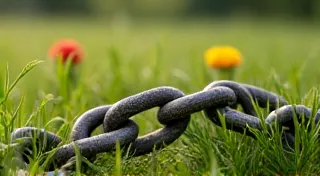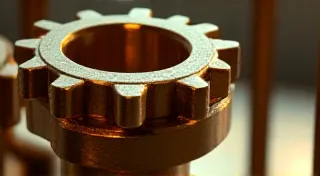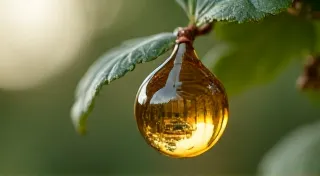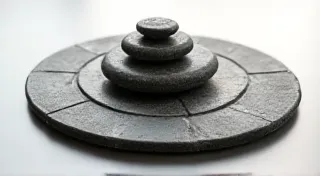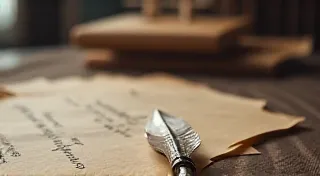Beyond the Numbers: The Intrinsic Value of Restored Radio Voices
There's a particular magic that clings to the air around a restored vintage radio. It's more than just the hum of electricity, the crackle of static, or the clarity of a broadcast signal. It's a palpable connection to a time before instant communication, before digital ubiquity, when the radio was not merely a device, but a cultural hearth, a window onto the world, and a source of shared experience. And at the heart of that magic lies the vacuum tube – the often-overlooked hero of these beautifully complex machines.
My earliest memory of radios wasn't listening to them, but watching my grandfather meticulously repair them in his cluttered workshop. He wasn't an engineer, or a trained technician. He was a farmer, a quiet man of the earth, yet he possessed a profound understanding of these intricate devices. He's the reason I’m drawn to them now, decades later. He’s the one who taught me to respect the craftsmanship, the ingenuity, and the sheer artistry embodied within each chassis.
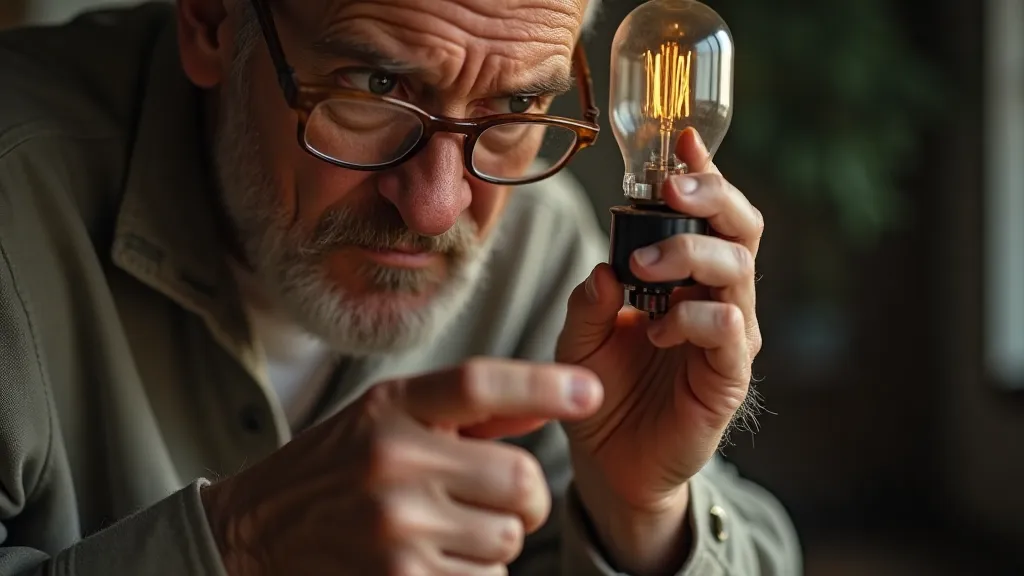
The Era of the Vacuum Tube: A Technological Dawn
Before transistors shrunk electronics into pocket-sized devices, the vacuum tube reigned supreme. These glass enclosures, containing filaments and plates, were the building blocks of amplification, detection, and oscillation. Think of them as tiny, fragile hearts, pulsating with invisible energy, bringing voices and music across continents. The early 20th century saw an explosion of radio development, and each new model represented a significant leap in both technology and design. The Art Deco aesthetic flourished, adorning these radios with rich wood veneers, polished bakelite, and elegant dials. These weren’t just radios; they were statements of style and sophistication.
Imagine a family gathered around the radio in the 1930s, listening to a broadcast of the World Series or a dramatic radio play. These shared moments forged connections, creating a sense of community that’s often missing in our fragmented modern world. The radio wasn't just delivering information; it was binding people together.
The Tester's Art: Beyond the Resistance
Restoring these radios isn’t just about replacing capacitors or rewiring connections. It's a journey of discovery, a detective story where each clue—a faint hum, a distorted signal—points to the underlying problem. And central to that process is the vacuum tube tester. While a modern multimeter can provide some basic information – plate resistance, heater voltage – it doesn's reveal the complete picture. A proper tube tester, often an antique in itself, assesses more than just the numbers. It evaluates the tube's characteristics beyond the simple datasheet values, giving an indication of its long-term health and performance.
There’s an undeniable satisfaction in diagnosing a faulty tube not just by its failed readings, but by understanding how it contributed to the radio’s overall performance. Was it a weak signal that led to instability? Was it a worn-out grid that introduced distortion? It’s a skill honed by experience, by countless hours spent tracing circuits and deciphering the language of electrons.
My grandfather, of course, didn’t own a fancy tube tester. He relied on his ear, his intuition, and his years of accumulated knowledge. He could often identify a failing tube simply by the subtle change in the radio’s tone or the peculiar odor it emitted. It was a testament to the power of observation and the importance of developing a deep understanding of the technology.
The Ethics of Restoration: Authenticity and Respect
Restoring vintage radios isn’t without its ethical considerations. The temptation to modernize – to replace original components with more readily available, modern equivalents – is strong. However, true restoration prioritizes authenticity. It seeks to preserve the original character and functionality of the radio, even if it means sourcing rare and difficult-to-find parts.
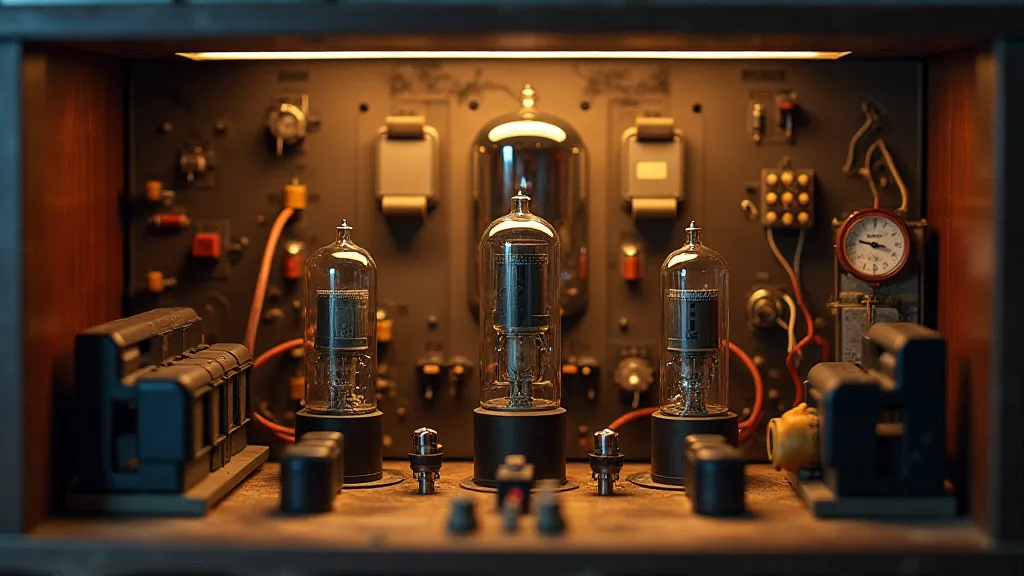
Replacing a rare, original vacuum tube with a modern equivalent might improve the radio's performance in the short term, but it diminishes its historical significance. It creates a facsimile, a ghost of what it once was. A true restoration aims to preserve the radio’s integrity, recognizing that it’s more than just a collection of parts; it's a tangible link to the past.
More Than Just Electronics: A Cultural Artifact
The antique radio holds a special place in our collective memory. It represents a time of simpler pleasures, of shared experiences, and of a strong sense of community. When we restore these radios, we're not just repairing electronics; we’re preserving a piece of cultural history. We’re giving voice to a generation that may no longer be here, allowing their stories and their music to resonate once again.
The skill of vacuum tube testing, and radio restoration in general, is a dying art. There’s a sense of responsibility to keep it alive, to pass on this knowledge to future generations. To understand the workings of these machines is to appreciate the ingenuity of the people who created them, and to gain a deeper understanding of our own technological heritage.
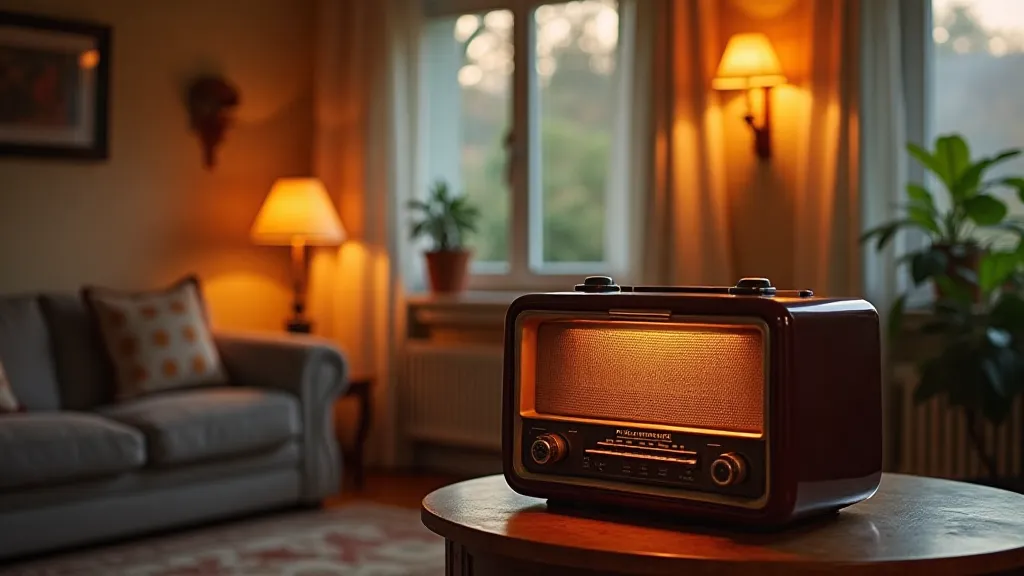
The Resonance Continues
The hum of a restored vintage radio, the crackle of the dial, the warmth of the voice emerging from the speaker – these are all sensory experiences that transcend the purely technical. They evoke a sense of connection to the past, a reminder of the power of shared experience, and a testament to the enduring human desire for communication and entertainment. And at the heart of that experience, quietly pulsing with life, lie the vacuum tubes – the unsung heroes of a bygone era.
